The Chesapeake Bay is full of islands, though most are only technically islands. Most are separated from the mainland by narrow creeks and marshes and connected by permanent bridges, so they don’t feel like islands. Surprisingly few are true islands at some distance from shore, and fewer still are places people call home; people have lived on Smith and Tangier islands for centuries, since the earliest Europeans sailed up the Bay.From the end of the town dock, at the end of Main Street in Crisfield, Maryland, you can’t actually see Smith Island. You will think you can. Refraction makes the trees and houses of that place float above the horizon in a shimmering line. Sometimes it’s sharp and clear, others it’s a smudge of smoke that comes and goes as light and air change throughout the day, and still others it’s just a ripple at the waterline. The fleet leaves Crisfield for the crossing to Smith Island.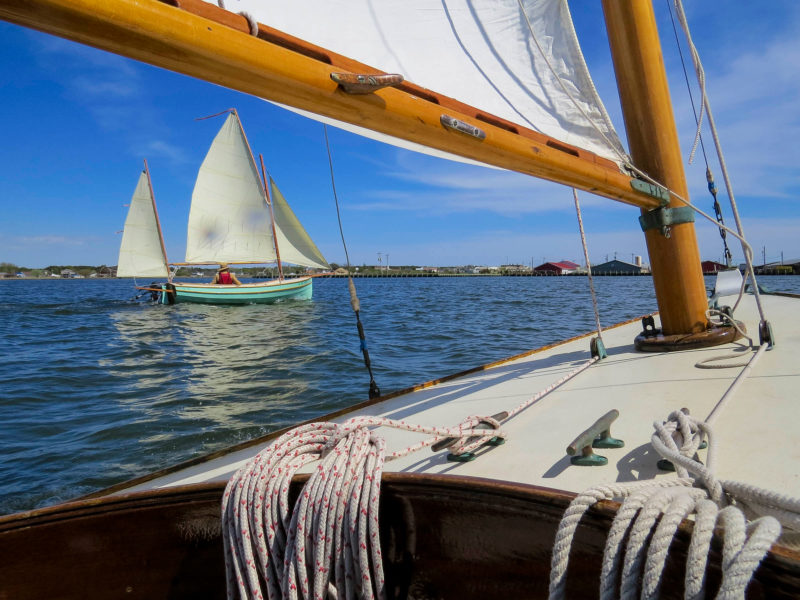 all photos and videos by the author
all photos and videos by the author
Join The Conversation
We welcome your comments about this article. If you’d like to include a photo or a video with your comment, please email the file or link.
Comments (7)
Comments are closed.
Stay On Course

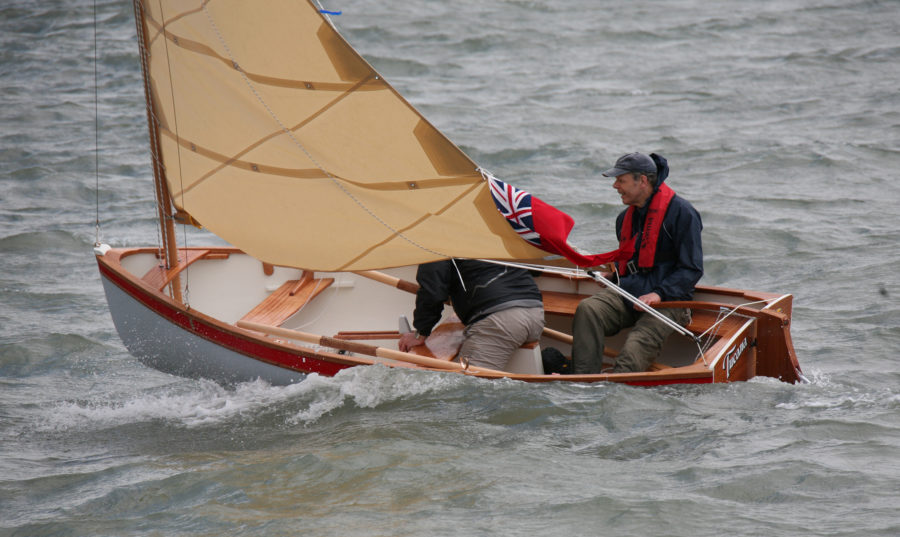
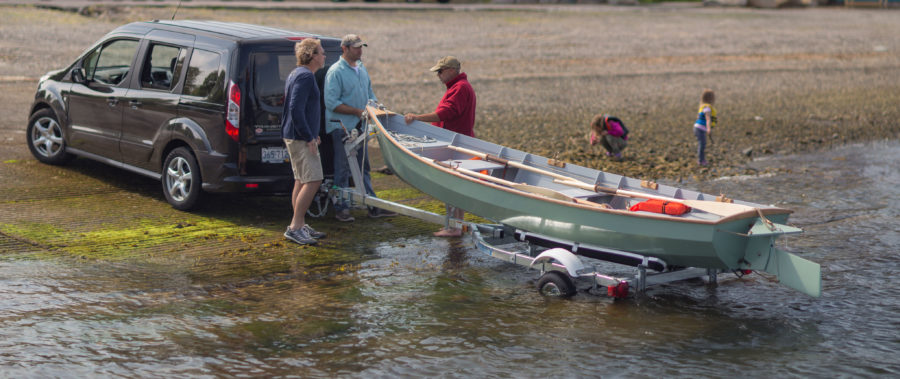
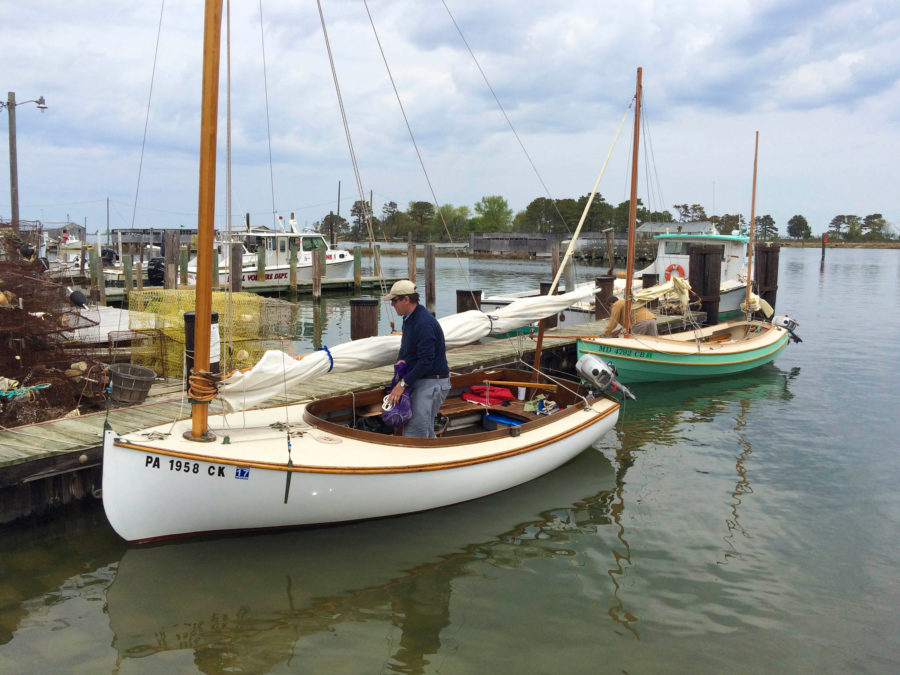
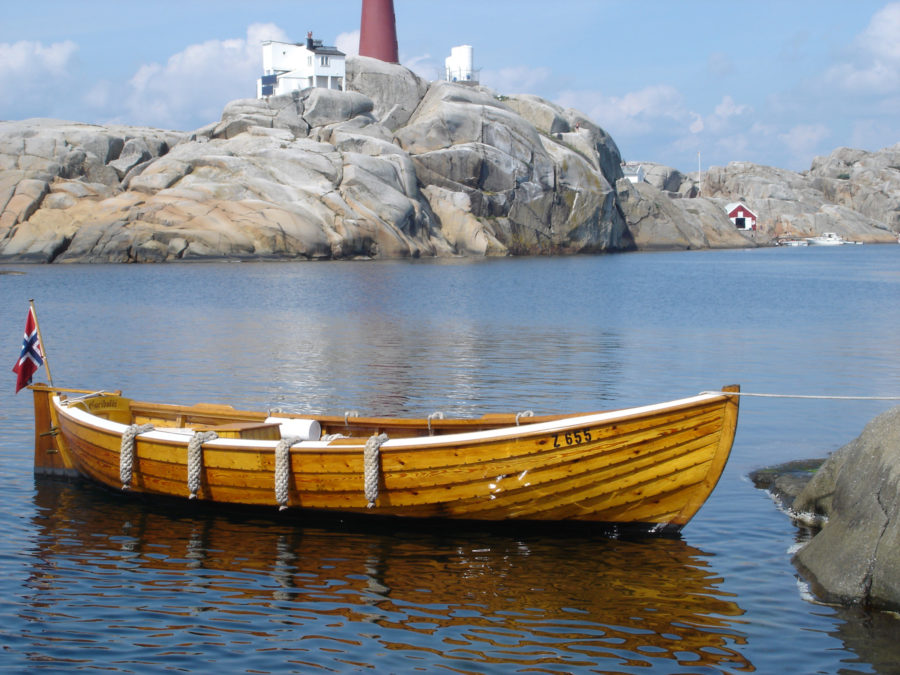
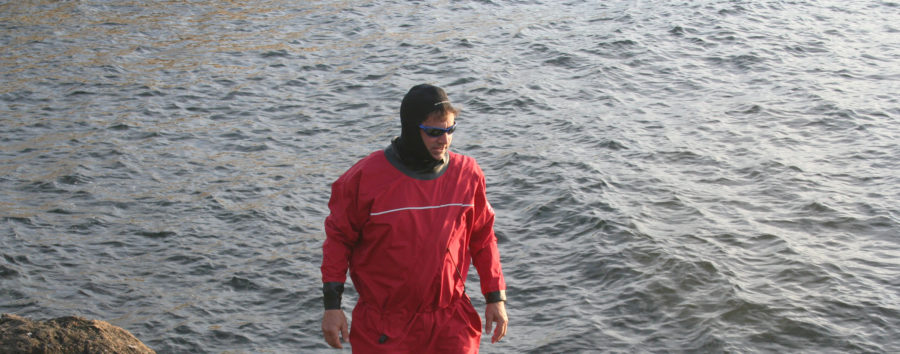
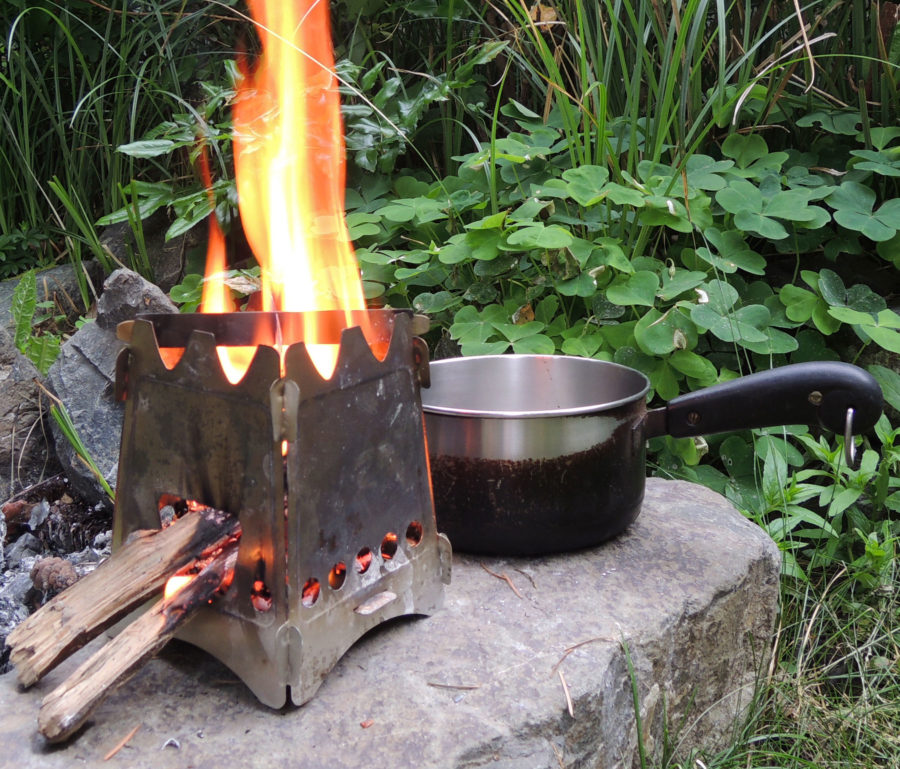

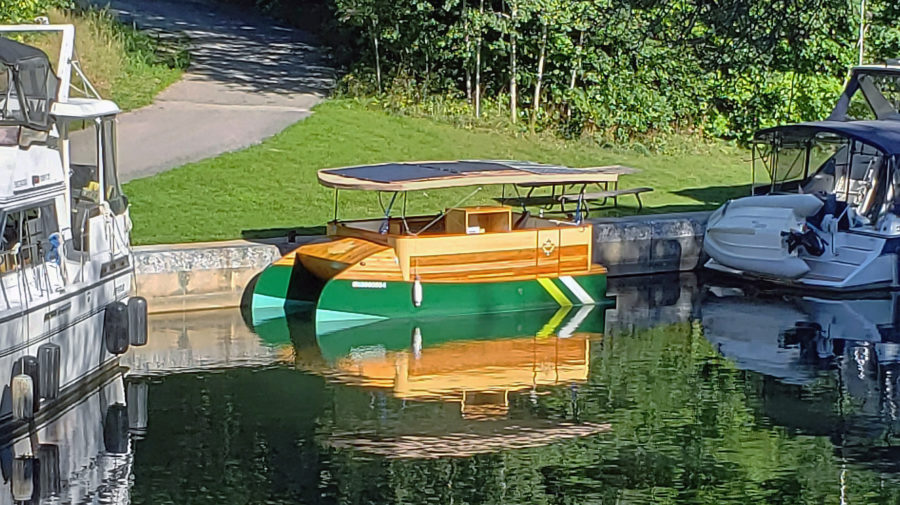
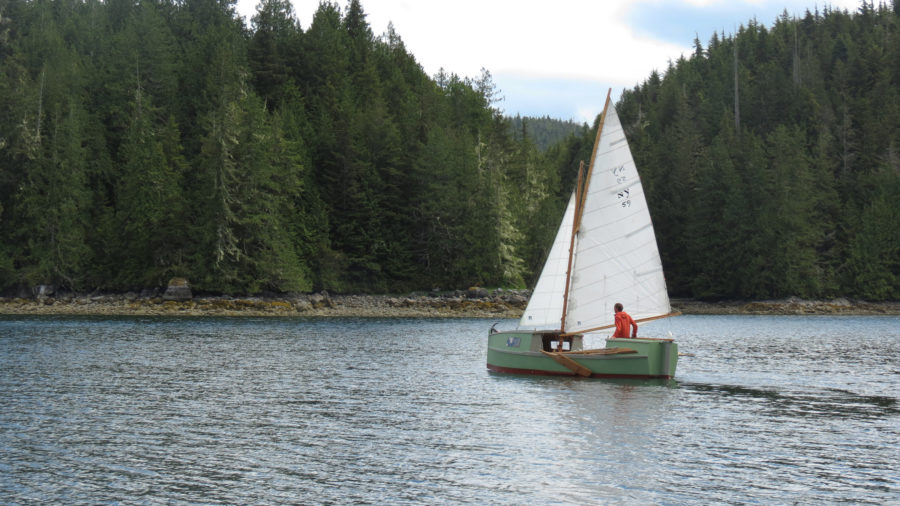
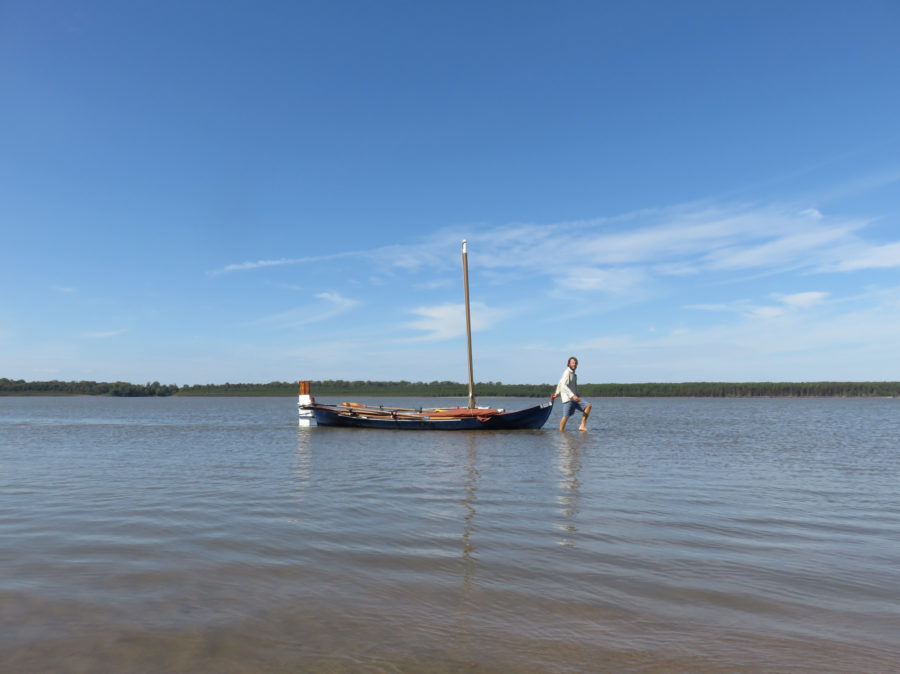
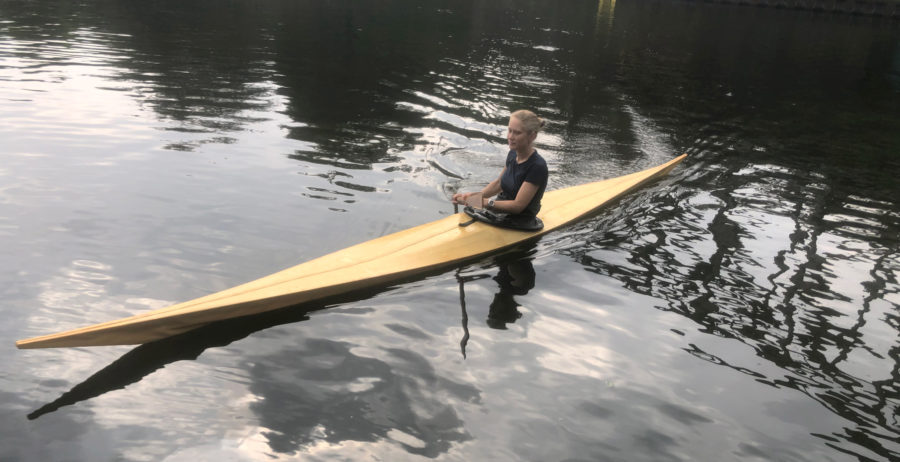
I enjoyed your adventure very much and I’m also am a follower of your blog.
Great videos and photos!
Nice article, and I enjoyed the videos. I hope these places retain their character—they seem to be holding on well. Great mix of boats, too. Thanks.
It’s difficult for me to read stories like this—I get too envious. Anxiety and unsettledness creep over me, like a fog rolling in, since, for the life of me, I can’t figure out why I’m sitting at a desk and not out there on the boat with these blokes! Good show boys.
Thanks. I wondered if I would encounter any old friends here. Good to hear from you all. This was a great trip to a fascinating place. Worth leaving your desk for.
Excellent story! Loved the boats, scenery, and images. Since I live in the Puget Sound region it was nice to hear about the historic Chesapeake Bay.
Loved the story. The words paint a visual picture for me to share your adventure. The photos and video are icing on the cake.
I know it is a while since this was published, but I keep coming back to it. This article, and these videos and this event are simply as good as it gets.